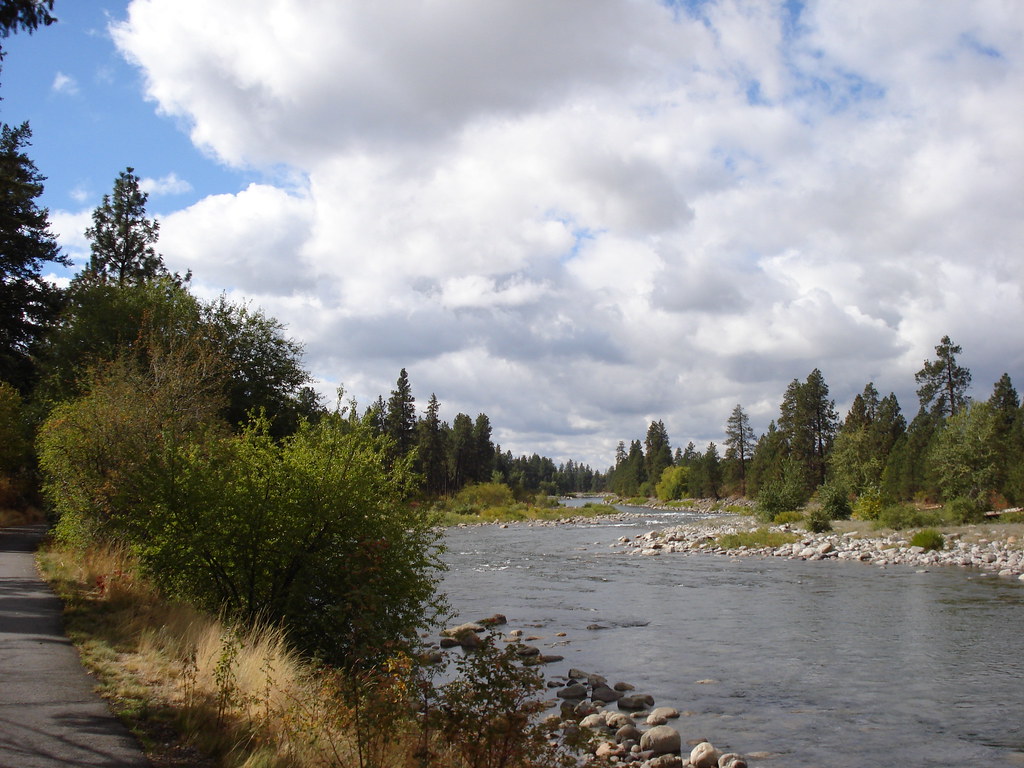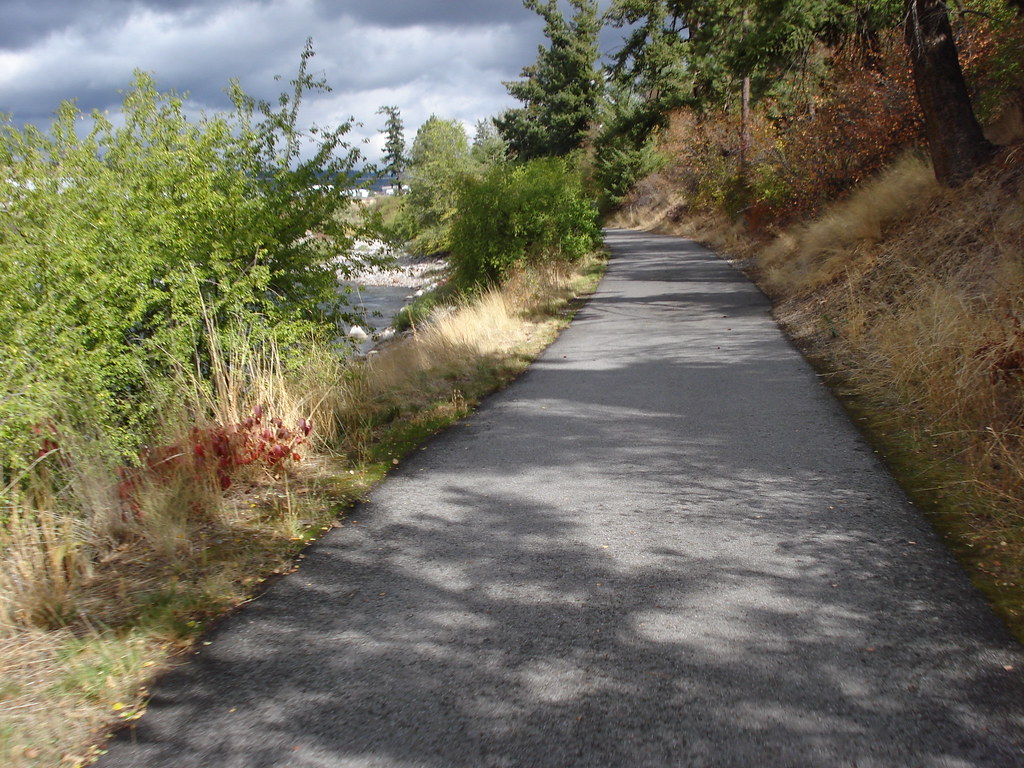
 After a month of riding the new bike almost exclusively it was something to get back on the Ibis. With over ten years on this bike, it really stands out as the bike that feels like home. I can't even begin to fathom the tens of thousands of miles I have ridden on it. Despite what appears to be a long loving relationship, the Ibis is in deplorable condition (as always) The brakes are for braking only in theory, the chain is protected by a thick layer of grease that looks more like crude oil than chain lube, the headset has an indexing problem, the left crank arm is bent, the bar tape is disintegrating, the chain tensioner is held together by a zip tie and the once beautiful paint job is just plain sad. With that being said, it was great to take the bike out on it's favorite ride to CDA and back (no hills limited stop signs).
After a month of riding the new bike almost exclusively it was something to get back on the Ibis. With over ten years on this bike, it really stands out as the bike that feels like home. I can't even begin to fathom the tens of thousands of miles I have ridden on it. Despite what appears to be a long loving relationship, the Ibis is in deplorable condition (as always) The brakes are for braking only in theory, the chain is protected by a thick layer of grease that looks more like crude oil than chain lube, the headset has an indexing problem, the left crank arm is bent, the bar tape is disintegrating, the chain tensioner is held together by a zip tie and the once beautiful paint job is just plain sad. With that being said, it was great to take the bike out on it's favorite ride to CDA and back (no hills limited stop signs).You would think that a regular diet of 5-6 hour dirt rides with 4-6 mile climbs would make the CDA ride seem easy but singlespeeding is funny that way. 80 miles of flat is 80 miles without coasting. It is 40 miles of high cadence tailwind and 40 miles of high intensity riding back into the 20 mph wind. No wonder those Belgiums are such tough bikers.
Digging through my bike boxes I came across my old heart rate monitor. There was a time when I thought that I needed to learn how to train and got into the science. I read all the books and tried to follow a structured routine. It did not work for me. I stopped using the HRM because I discovered that my breathing was an accurate way to access the level of effort I was expending. Regardless, I thought it might be fun to put a new battery in the HRM and see what kind of readings I would get with my now older body.
I was interested to see that my walk around Hr was 42 BPM. I can ride with a tailwind for a couple of hours without breaking 110 bpm. I can ride hard for an indefinite amount of time at 162 bpm and drop down to 124 bpm when I stop at an intersection.
I won't be riding with the HRM everyday but I will use it on some rides throughout the year just for curiosities sake.


No comments:
Post a Comment